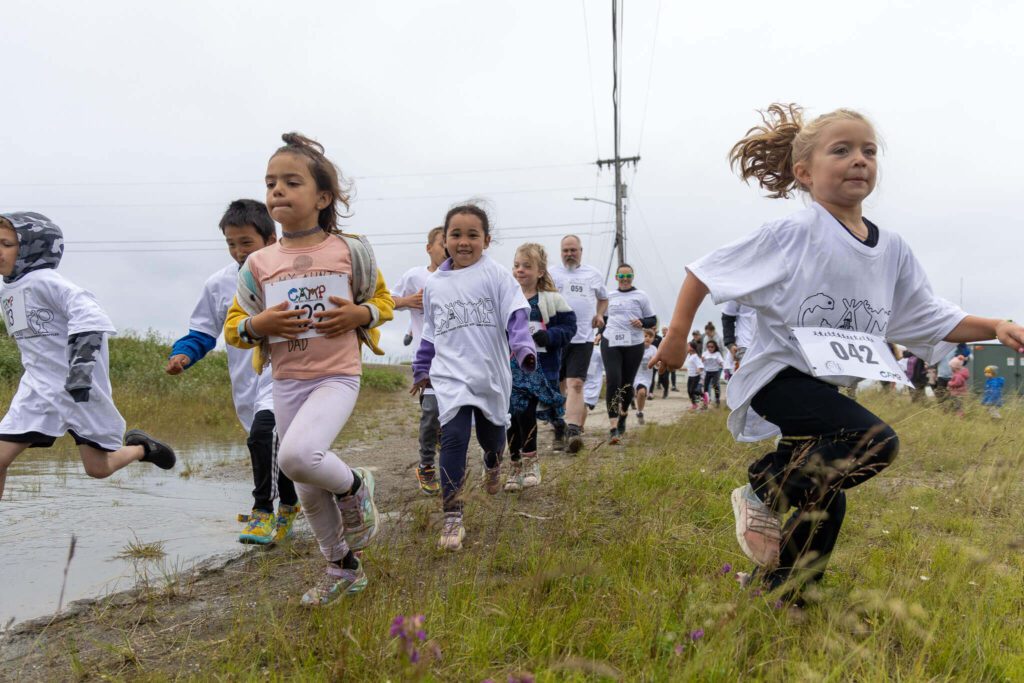There’s a buoy afloat in the Bering Sea, about 30 miles west of King Island. Every hour, it gathers temperature and wave height information that is live-streamed for local users. But funding from Western Alaska LLC is set to expire at the end of this season, which means the buoy is in need of a home and money to keep it operating.
David Atkinson, with the University of Victoria in British Columbia, initially deployed the buoy in 2011 for a year-long project for the Environmental Protection Agency. It’s actually the only buoy streaming wave information from the Bering Strait, and that data is in high-demand to make maritime operations safer. Atkinson secured funding from Western AK LLC to keep the buoy running until 2014, but now he needs to look for other sources.
“It can probably be deployed for about $10,000 per year—per season,” said Atkinson. “So if the buoy is to go out again in future years, that amount of money needs to be gather up in some way, shape, or form.”
One way Atkinson thinks funding could be acquired is through a buy-in with local users of the buoy’s information. He said the National Weather Service, NOAA, Red Dog Mine, NSEDC and others in Nome and surrounding villages have all utilized the live-streaming website.
There were over 700 hits during the first year. “Which isn’t bad considering the small user group that really cares about it,” said Atkinson. “And the hits rise and fall—whenever there’s a storm coming the number of hits soared.”
According to one comment from Norton Sound Seafood Projects’s operations manager, “This information will impact crab and halibut fishermen as well as subsistence users… Planning has greatly improved and the trips are much safer.”
Ellen Tyler with the Alaska Ocean Observing System has been working with Atkinson to keep the buoy running. She said she’s coming to Nome in early October to hear from people interested in becoming partial owners of the buoy. Those who assist with funding can have a voice in where it’s deployed each season.
Tyler said that kind of flexibility is not unusual, since there’s such a dearth of data collection on the Bering Sea.
“You know there’s just no other wave buoys that are out in the middle of the ocean like this,” said Tyler. “And so from the researcher’s perspective, there’s no data, so anywhere you put it would be new information!”
Atkinson and Tyler certainly have to be flexible with this buoy because they rely on boaters who, as a favor, deploy the buoy in the spring and retrieve it before the ice sets in mid-fall. It’s a challenging venture in storm season, and last year, Atkinson said four ships passed the buoy before one was able to bring it back.
The researchers are hopeful vessels will continue assisting in the deployment process. They’re also looking for an open shed or other shelter to store the 6-foot-tall structure for future winter hibernations.







